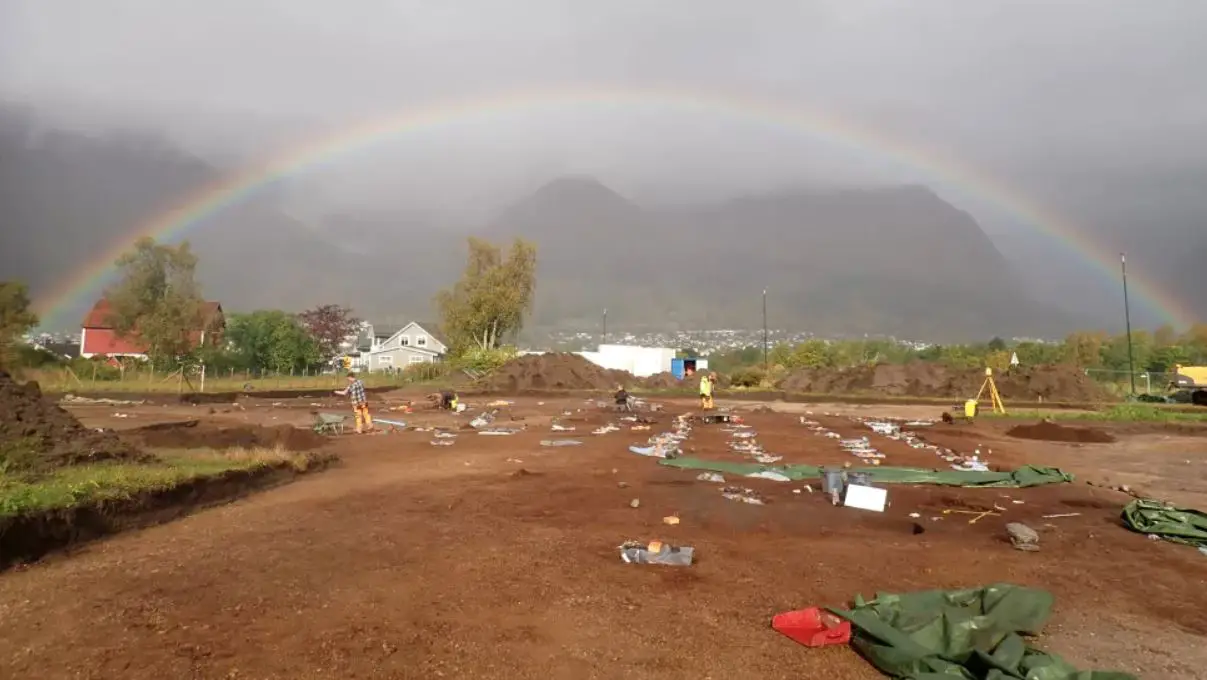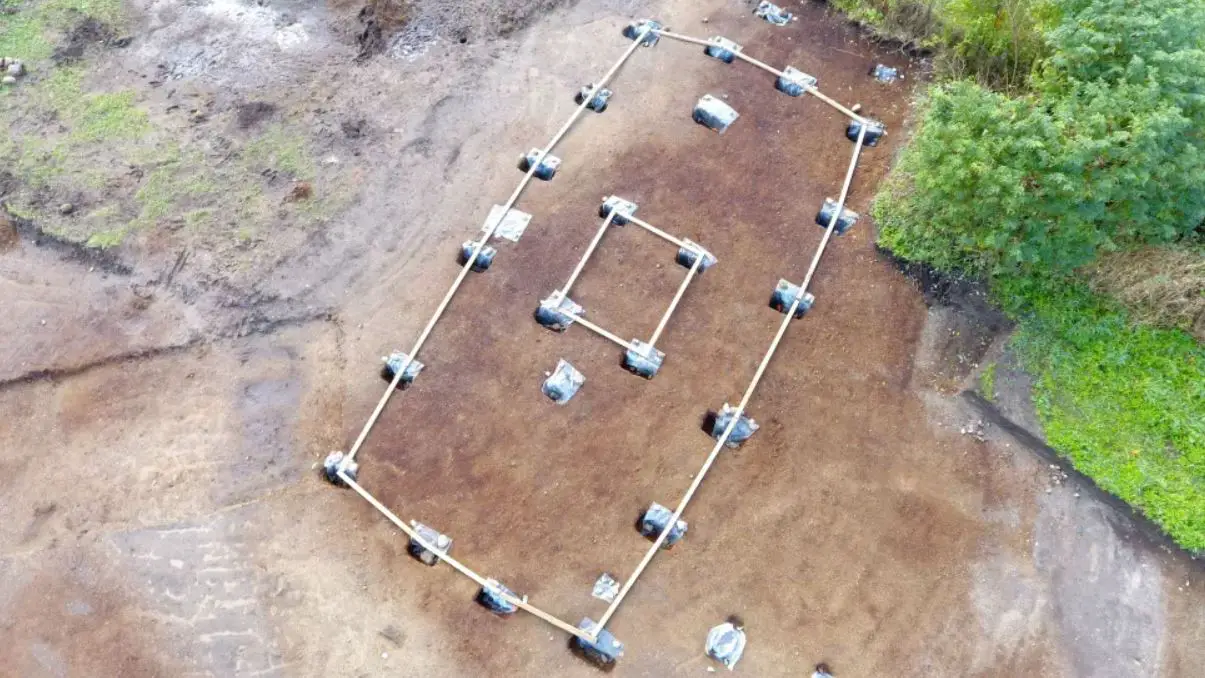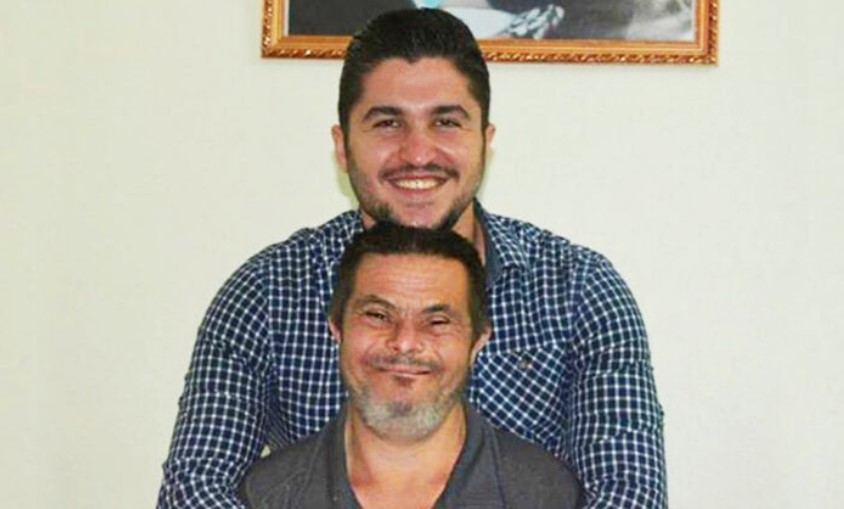Recently the remains of one pagan temple were discovered in Norway. It was built 1,200 years ago, centuries before Christianity to appear here. The temple is from the Viking religion and it was used as a place for worshiping the Old Norse gods Thor and Odin. The worship and sacrifices to these gods took place in the summer and during the midwinter.

This temple, which is a large building made from wood, dates back to the eighth century. It is around 45 feet long, 26 feet wide, and 40 feet high.
Norse culture became famous when some Norse sailors and warriors started to trade, attack, and colonize in Europe, Iceland, Greenland, and Canada. That way they became known as the Vikings.

According to the archeologist Søren Diinhoff, this is the first Old Norse temple that is found in Norway. He says that these kinds of special and very beautiful buildings were found in Sweden and Denmark before.
Now we know that they were built in Norway too. The Norse bagan building them in the sixth century and they were very complex.

God House
Archaeologists found the foundations of this ancient temple last month at the seaside village Ose, near the town of Ørsta, which is in western Norway. The excavations revealed early agricultural settlements from 2,500 years ago. This area was dominated by an elite group of wealthy families from Scandinavian societies.

The religious worship that was organized by the Norse became more ideological with time. God houses in this village became patterned similarly to the Christian basilicas in the southern lands.
The post holes show their unique shape with a tower at the center of the building.
How Was Ancient Worship Done
There were found some cooking pits for preparation of the food for religious feasts and also a lot of bones that were the remains of animals used for sacrifice.
Inside were found some “phallus” stones that represent the male genital organ that was used for fertility rituals.

Important festivals were celebrated with ceremonies on the shortest and longest nights of the year that is in midsummer and midwinter.
They offered meat, drink and precious metals like gold to the Old Norse Gods represented like wooden figurines inside the temple. Some of the gods that were regularly worshipped were the god of storms Thor, the god of wars Odin, the god of fertility Freyr.
The worshippers enjoyed eating the food and drink offered to gods. The archeologist says that he thinks that they must have had a good time, with a lot of eating and drinking in a good mood.

In the 11th century, Norway’s kings imposed the Christian religion with force, tearing down and burning all of the buildings made with the purpose to be god houses. That way they enforced worship to take place in the new Christian churches.
Diinhoff says that there needs to be more work in order to be revealed whether this god house was one of the pagan buildings that were destroyed at that time and that it would be ideal if we know that.








